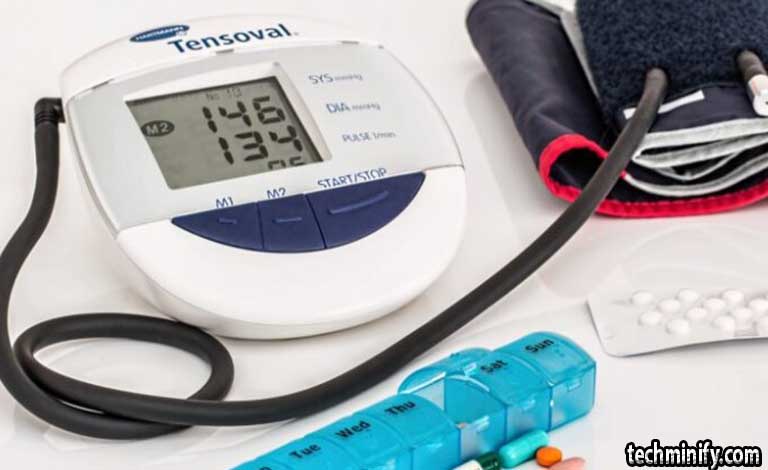From essentially functional clothing to clothing that combines comfort, style, and benefits, medical uniforms have developed dramatically in recent years. This change reflects greater trends in the healthcare industry, recognizing the need for personal expression and professional presentation among physicians.
Latest Fashion Trends for Medical Uniforms-design
The uniform construction of medical care was influenced by Andréa, a mixture of sportswear and leisure clothing. Doctors looking for clothing that will allow you to choose your full movement and comfort are equipped with elastic moisturizing textiles that are often used in sports dressings. These materials provide flexibility, support controlled temperatures, and therefore health comfort on busy days. Including athlete characteristics creates an aesthetically breathtaking, surgically effective detachment that appeals to modern physicians. Due to their enormous demand, the design inspired by Andreas is now highly focused.
Tailored Fits and Contemporary Styles
The demand for modern and appropriate medical uniforms has grown from past boxy unisex designs. Today, Modern Peel has individual cuts that improve comfort and create a sophisticated look. Jogger-style mock wraps, V-necks, and pants go for all body types and fashion flavors. This trend towards tailoring adaptation not only increases the trust of medical professionals but also addresses the specialized guidelines of various medical facilities.
Sustainable and environmentally friendly fabric
Environmental awareness has entered the medical clothing industry, increasing demand for uniforms from sustainable materials. Bamboo wool, recycled polyester, and organic cotton are some of the materials with low environmental impact and low address for noticeable complaints. These materials provide long-term durability and breathability to medical professionals.
Companies respond to this trend by creating environmentally friendly skins that meet environmental knowledge without affecting quality or design. Uniform
Technological Integration
The intersection of medical wear and technology created creative elements with uniform design. Smart textiles that can pursue important functions and smart textiles that can provide feedback for real-time health are currently included in some current skins. These technological integrations currently under development represent a major step towards increasing the use of medical uniforms and thus could increase workplace health and patient care.
Customization and personalization
Doctors who want to add an impressive element to their clothes have become more popular with uniforms. Embroidered names, logos, or departments not only create a sense of community but also help to enable rapid identification in a healthcare setting. Medical employees can accommodate uniforms with personal interests and departmental topics by using adaptive options for color and model selection. Influence from high fashion Medical wear has begun to inspire high fashion and thus erode the boundaries between clinical uniforms and general design. Medical uniform ingredients are recorded in the design, enhancing the visual appeal of laboratory cans and skins. Medical staff has increasingly embraced fashionable designs because of this frequency. This reflects the acceptance of fashionable medical wear in clinical and casual settings.
Inclusivity and various sizes
Uniform producers will expand their size area and provide designs that suit all genders and body shapes after they notice relatives of health professionals of various body types. This inclusivity ensures that each professional finds appropriate and comfortable clothing and thus promotes trust and equality in the workplace. The wide range of sizes and gender-neutral designs demonstrate the commitment to the requirements of each member of the medical team.
Diploma
Design development demonstrates the dynamic interaction between technological advancements, human representation, and interests. Medical clothing changes when developed by the medical sector, when professionals ensure that they dress in their roles and allow for uniqueness and comfort. These trends show a positive change in more creative and intelligent ways of healthcare uniform design. Therefore, patients and healthcare professionals benefit.

